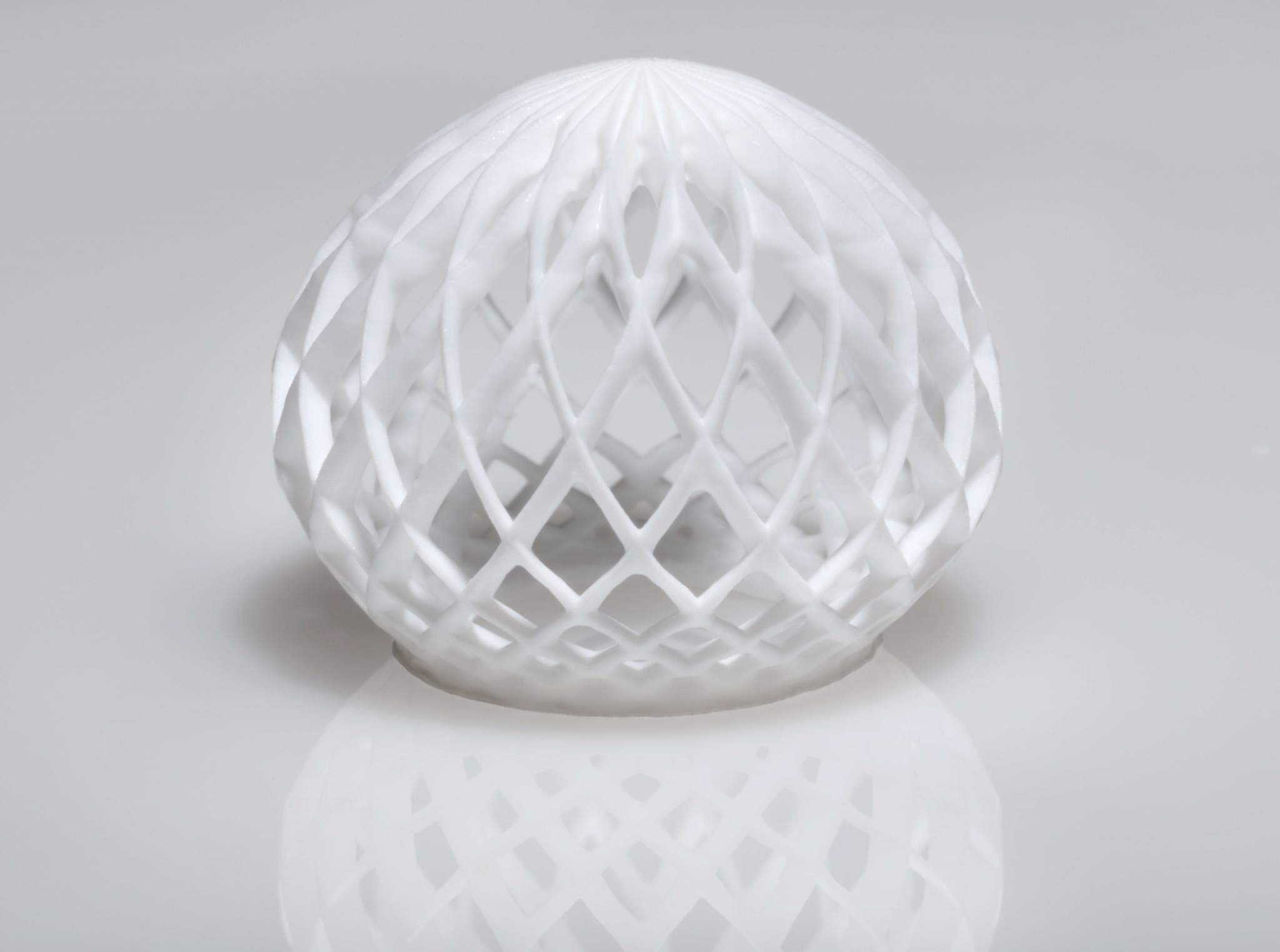Global manufacturing company 3M have developed a new patent-pending technology for 3D printing fluorinated polymers. 3M are one of the largest producers of fluoropolymers and have created a new way of processing this material for 3D printing. The company says this has applications for the fluoropolymer known as Polytetrafluoroethylene (PTFE) in SLA 3D printing.

What are fluoropolymers?
Fluoropolymers are a type of thermoplastic often used as coatings, Teflon is a prime example. Teflon is used for non-stick pans because it has a high temperature resistance and also has friction reducing properties. The particular fluoropolymer used by 3M, PTFE, will be available in the form of a resin for SLA through the subsidiary Dyneon. PTFE is marketed under the name ‘Teflon’ by DuPont, one of 3M’s rivals. 3D printing the polymers will allow for complex shapes to be created, such as the one below.

Why is this important?
This technology will allow the 3D printing of fluoropolymers in a singular continuous process rather than the traditional method which is dependent upon molding and assembling component parts. According to 3M, the new technique will be environmentally friendly in that it will dramatically reduce waste compared to traditional methods. Along with reduced waste, it may be possible that the new manufacturing technique will also reduce costs as it reduces the volume of materials used.
Applications of 3D printed PTFE
Paula Johnson-Mason, Global Director of Fluoropolymers at 3M, explains how industry will benefit,
This additional new manufacturing process for fully fluorinated polymers will benefit a wide range of industries, such as Automotive, Chemical Processing, Medical and Aerospace by accelerating product design cycles and allowing more freedom of design. 3D printing is developing at a rapid pace and will deliver increased flexibility and productivity for industrial markets. That way spare parts and customized designs can be manufactured digitally on demand without the need to create new tools.
Large material suppliers are increasingly turning their expertise in chemistry and material science to the 3D printing industry. BASF have developed materials for the HP Multi Jet Fusion 3D printing system and German chemical company Wacker recently announced a new technology to 3D print gum.
Featured image shows a complex print using 3M’s new technology. Image via 3M.


